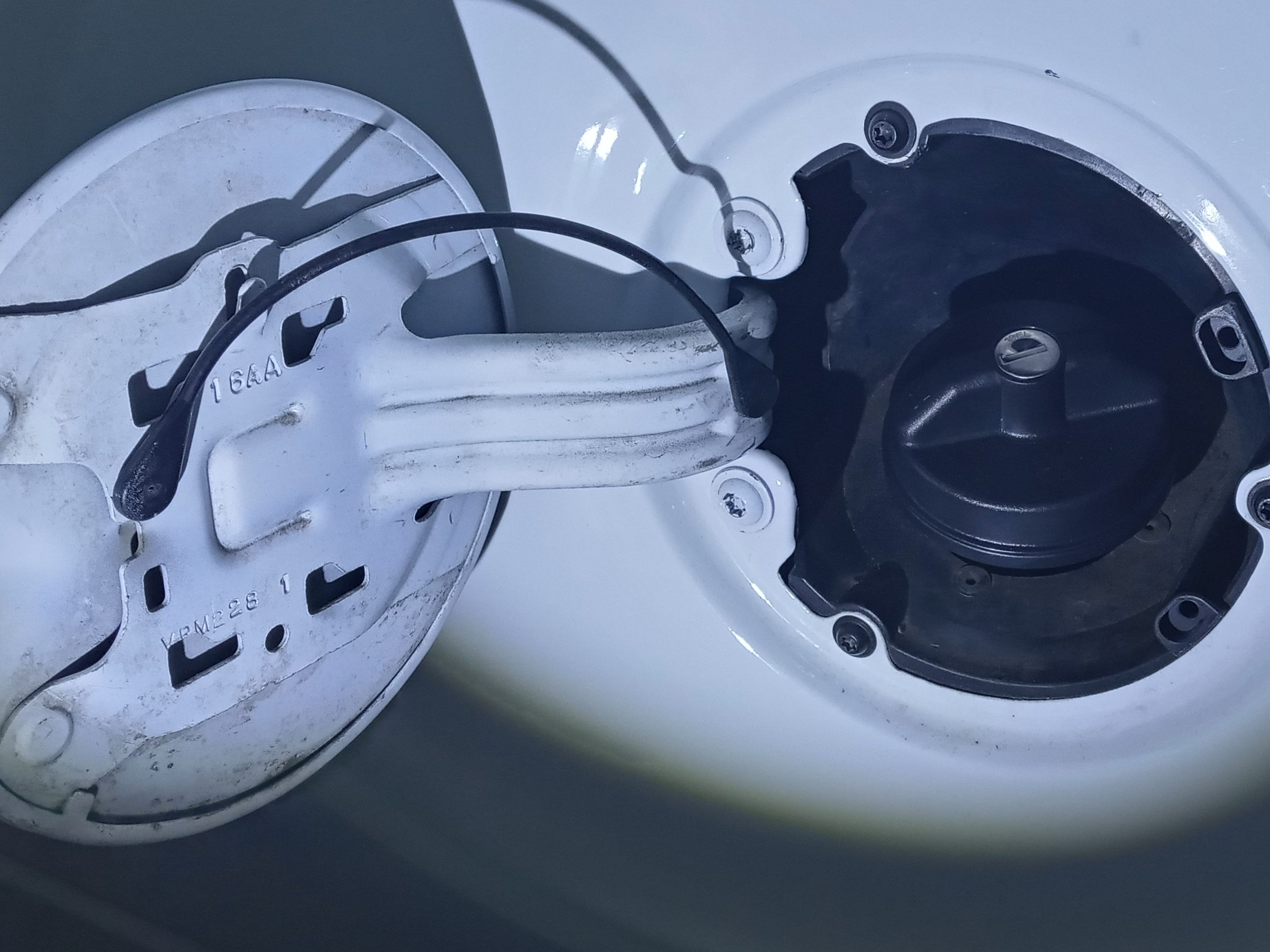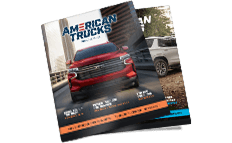3 Days Left! Guaranteed Free Delivery 12/24. Order by 3pm EST available on most items - Details
What are the 5 Components of a Fuel System?

We all know that our vehicles need fuel to run, but what happens when we put gasoline into the tank? The answer lies in the fuel system. Your car’s fuel system has five main components: the fuel tank, fuel lines, fuel filters, fuel pumps, and fuel injectors.
In this post, we’ll look at the five components of a fuel system and explain what each one does. We’ll also discuss some common problems that can arise with these components and how to fix them. So, if you’re curious about what’s going on under the hood of your car, here’s a quick rundown of each fuel system component and what it does:
Fuel Tank
The fuel tank is where all the gasoline or diesel is stored. It’s typically made from steel or aluminum, although some newer cars have plastic tanks located at the rear of the vehicle. The tank is designed to be big enough to hold enough fuel for you to allow for extended mileage, but not so big that it makes the car too heavy.
Keeping your fuel tank clean and free of debris or water is essential. Over time, dirt and rust can build up in the tank and clog the fuel lines. If this happens, your car may not run as well as it should. To prevent this, some owners who operate their vehicles in extreme conditions periodically have their fuel tanks cleaned. Need to replace your fuel tank or add another one? Find them here.
Fuel Lines
Fuel lines are the automotive version of your veins and arteries. They transport the fuel from the tank to the engine so you can go places. The fuel lines are usually made from rubber or plastic and can be either metal or flexible. The fuel lines must be strong enough to withstand the pressure of the fuel but not so rigid that they can’t flex when the car is moving.
Over time, older vehicles’ fuel lines can become clogged with debris. If this happens, your car may not start or run as well. If this happens, have a professional check your fuel system pressure to ensure it functions properly. In addition, you may need to order new fuel lines from AmericanTrucks.
Fuel Filters
Fuel filters are the unsung hero of your fuel system. They keep any dirt or debris from getting into the engine by serving as a barrier to contaminants, sediment, and other impurities in the fuel or gas tank. But they’re not permanent and should be replaced as part of your vehicle’s routine maintenance.
Fuel filters are typically located between the fuel tank and the engine and are made from paper or metal. The filter must be able to catch anything that could potentially damage the engine, but not so fine that it restricts the flow of fuel. Signs of a dirty or clogged fuel pump could be:
- Engine Doesn’t Start
- Difficulty Starting
- Lack of Acceleration
- Random Engine Shutdowns
Since your vehicle is one of your most expensive purchases, the cost of replacing fuel filters is a small price for a lifetime of ownership. Check out some replacement fuel filters here.
Fuel Pumps
Fuel pumps sole reason for existence is to reliably move the fuel from the tank to the engine with the pressure and amount of fuel needed for combustion. The pump, often located in the fuel tank, is controlled by the engine control unit (ECU) and must be powerful enough to move the fuel through the lines and filters but not so powerful that it overworks the engine.
In most cases, fuel pumps will last the life of your car; however, the key to this longevity is the regular replacement of fuel filters. You wouldn’t want to damage your fuel pump by forcing it to push harder against a dirty filter since fuel filters are inexpensive.
Also, try to keep from running your fuel tank dry. Since most fuel pumps live inside the gas tank, the surrounding gasoline is a coolant. As a result, your fuel pump can overheat and fail if you habitually run low on gas. With today’s fuel prices, it’s tempting not to fill up. However, a full tank keeps your pump running more efficiently.
If you need to replace your fuel pump, AmericanTrucks has got you covered.
Fuel Injectors
Fuel injection systems are electronically controlled valves that can come in different forms, depending on your engine. Still, regardless of their type, they all work at providing precise amounts of fuel in any operating condition. Current vehicles have either single point, multi-port, sequential or direct injection.
Fuel injectors are generally mounted in the intake manifold to spray pressurized fuel received from the fuel rail, directly into the combustion chamber. The injectors must deliver the right amount of fuel at the right time, but not so much that it causes the engine to run lean (not enough fuel) or rich (too much fuel).
This fuel supply is controlled by numerous engine sensors, control units, and ECU chips. Many owners replace the stock ECU with a performance ECU or performance chips to enhance fuel delivery to increase horsepower and torque.
So, whether you live in the thin frigid air of Denver, Colorado, or the hot, humid air of coastal Florida, your fuel injection system can adapt and supply fuel anywhere.
As reliable as fuel injections systems are, like any car part they can fail. If your fuel injection system needs work, check out some parts here.
Each of these components plays a vital role in the operation of your vehicle. If any of them isn’t working correctly, it can cause problems with your engine. That’s why it’s crucial to have a regular maintenance schedule for your car and to take it to a qualified mechanic if you think there may be a problem with the fuel system.
So, there you have it: the five main components of your car’s fuel system. Now that you know how they work, you can keep them in good condition, so your vehicle runs smoothly for years to come.


